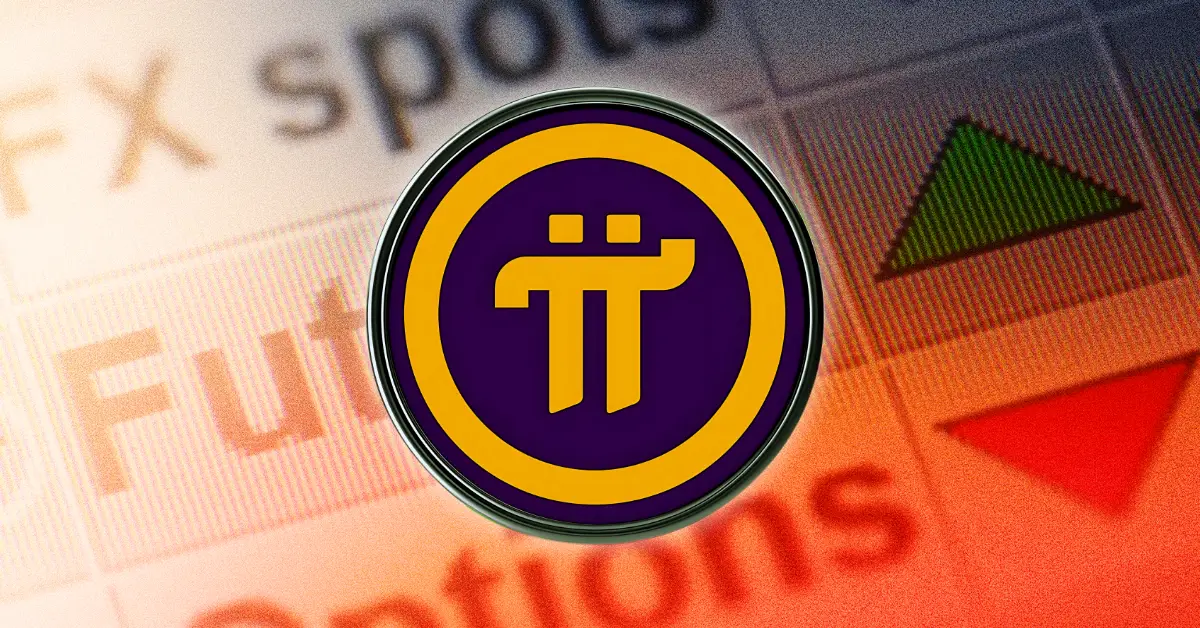Understanding the Current Dynamics of Pi Network
Pi Network represents a fascinating case study in the evolving world of cryptocurrency. Originally conceived as a mobile-based platform to democratize digital asset access, it now faces a complex mix of enthusiasm and scrutiny. Its journey is heavily influenced by recent price fluctuations, impending token releases, and shifting community sentiments. These factors collectively shape Pi’s trajectory amid the wider crypto market’s ever-changing landscape.
The Mechanics Behind Token Unlocking and Market Response
A pivotal challenge for Pi Network lies in its impending token unlock schedule. An estimated 275 million tokens are set to become available over 30 days, with roughly 6.78 million tokens unlocking daily and a significant milestone of 12.8 million tokens releasing on May 15. This substantial influx increases liquidity but simultaneously exerts substantial selling pressure, threatening price stability.
The magnitude of this token release, approximately $85 million in current market value, invites fears of oversupply. When the market experiences such a surge in token availability without corresponding demand, prices often falter. Resistance identified at $0.82 suggests a barrier difficult to surpass under these conditions, and support levels between $0.45 and $0.55 indicate areas where the price might stabilize temporarily. Without renewed interest or practical application driving demand, these technical constraints imply potential downward trends during the unlock phase.
Forecasting Pi Network’s Price Trajectory
Despite short-term turbulence, forecasts for Pi’s value present a broad spectrum of outcomes. Conservative analyses project a price near $1 by 2025, with more optimistic scenarios envisioning a rise toward $2, contingent on breaking through resistance levels and favorable market conditions. In the longer term, such as by 2030, projections become more bullish. Estimates suggest Pi could climb between $1.74 and $3 or higher, especially if the network succeeds in expanding its ecosystem, forging partnerships, and enhancing utility.
However, recent disappointments temper these predictions. Pi’s failure to secure a Binance listing vote and its drastic price drop from an all-time peak of $3 to near $1.16 highlight investor hesitation and market fragility. A 31% decline underlines the sensitivity of Pi’s price to market forces and the critical need to rebuild confidence.
Overcoming Obstacles: Confidence, Utility, and Tokenomics
The future of Pi depends largely on overcoming significant hurdles related to user trust, practical utility, and structural tokenomics. The absence of listings on major centralized exchanges limits access and visibility. Moreover, the pace of Pi’s ecosystem development has not met some community expectations, resulting in waning enthusiasm.
Supply issues intensify these challenges. The prospect of persistent oversupply calls into question the sustainability of price levels unless deflationary measures, such as token burns, are introduced to normalize supply levels. Successfully managing tokenomics could alleviate downward price pressure and renew investor optimism.
The Influence of Market Sentiment and External Factors
Beyond internal dynamics, external elements also shape Pi’s outlook. Market sentiment remains volatile, with recent price downturns reflecting widespread uncertainty. Regulatory positions, exchange policies, and macroeconomic conditions exert considerable influence on investor confidence.
Notably, partnerships such as Banxa’s acquisition of 10 million tokens hint at underlying interest and potential pathways toward broader adoption. Nonetheless, these glimpses of positive momentum are often too faint to counterbalance overarching volatility and supply effects.
Strategic Considerations for Pi’s Survival and Growth
Pi Network’s ability to weather the current storm depends on several interrelated factors:
– Encouraging Demand: Increased utility, network usage, and strategic alliances must create incentives for holding tokens, fostering a healthy demand-supply balance.
– Supply Control: Introducing structured token burn mechanisms or carefully timed unlocks aligned with developmental milestones can reduce downward price pressure.
– Market Environment: A general uplift in cryptocurrency markets would provide a more supportive backdrop for Pi’s growth.
– Community and Leadership: Transparent communication, clear roadmaps, and effective execution are essential to restoring faith and engagement.
Forecasts signal that navigating the unlock phase without dramatic price collapses, coupled with actionable ecosystem progress, could secure Pi’s presence as a viable cryptocurrency through 2030, with substantial growth potential.
Facing the Future: Where Pi Network Stands
Pi Network is at a decisive crossroads. Its ambition to revolutionize digital currency accessibility contends with immediate practical considerations of supply glut and market sentiment. While short-term prospects show resilience near $1, significant token releases threaten to undermine gains. The network’s capacity to cultivate meaningful use cases, implement astute tokenomics, and recapture investor confidence will determine whether it thrives or stalls.
Embracing Complexity: A Turning Point for Pi Network
Pi’s future embodies uncertainty layered with opportunity. The coming months will be pivotal: they will test the project’s resolve, leadership, and adaptability. Success means transitioning from a speculative token to a robust digital ecosystem player. Failure could see its promise dissolve under market pressures and internal shortcomings. For stakeholders, vigilant observation of how Pi handles these challenges will reveal much about the durability and innovation embedded within this ambitious project.

